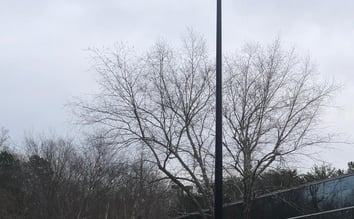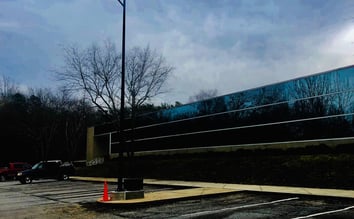Clemson University Solar Lighting
Clemson, South Carolina
Project Details
- Location
- Clemson, South Carolina
Project Narrative: Clemson University Solar Lighting Demonstration
City of Clemson, South Carolina
Project Context and Objectives
• Clemson University launched a solar lighting initiative at two of its facilities, aiming to explore the capabilities and resilience of off-grid lighting systems in an academic and real-world context.
• Led by the university's engineering department, the project was designed to serve both a practical infrastructure need and an educational purpose for students studying renewable energy systems.
• SELS was selected for its cutting-edge solar lighting technology, attractive system design, exclusive intellectual property, and integrated communication system that enabled live data monitoring.
Site-Specific Challenges
• Educational Integration
o The lighting system had to provide meaningful, real-time data for student learning and analysis.
• Performance Benchmarking
o A key goal was to compare the effectiveness of SELS’s solar lighting against traditional grid-connected systems.
• Design Standards
o The university required a clean, modern aesthetic that complemented campus architecture and met university-level standards.
SELS Design and Execution Strategy
• Data-Driven Solar Lighting
o SELS equipped the systems with a real-time communication interface, allowing students and faculty to monitor performance metrics as part of their curriculum.
• Collaborative Installation
o SELS provided the system design and components, while Clemson's own facilities team handled the on-site installation—an approach that further integrated the system into the university’s academic environment.
• Focus on Longevity and Reliability
o The selected system was built to require zero maintenance and operate independently for years without interruption.
Project Outcomes and Impact
• Zero Maintenance, Continuous Operation
o Since installation in 2018, the solar lighting systems have run without any outages or failures, confirming long-term reliability.
• Educational Value Delivered
o Students gained hands-on experience with renewable energy systems, reinforcing Clemson’s role as a leader in applied engineering education.
• Proof of Sustainable Viability
o The project validated that solar lighting could meet or exceed the performance of grid-connected systems—without the associated utility costs.
Closing Summary
• The Clemson University Solar Lighting Demonstration stands as a successful integration of sustainable technology into both campus infrastructure and academic programming.
• The collaboration between SELS and Clemson exemplifies how institutions can explore innovative solutions while educating future engineers and decision-makers.
• The project remains a model for other universities seeking to combine practical implementation with educational impact.









